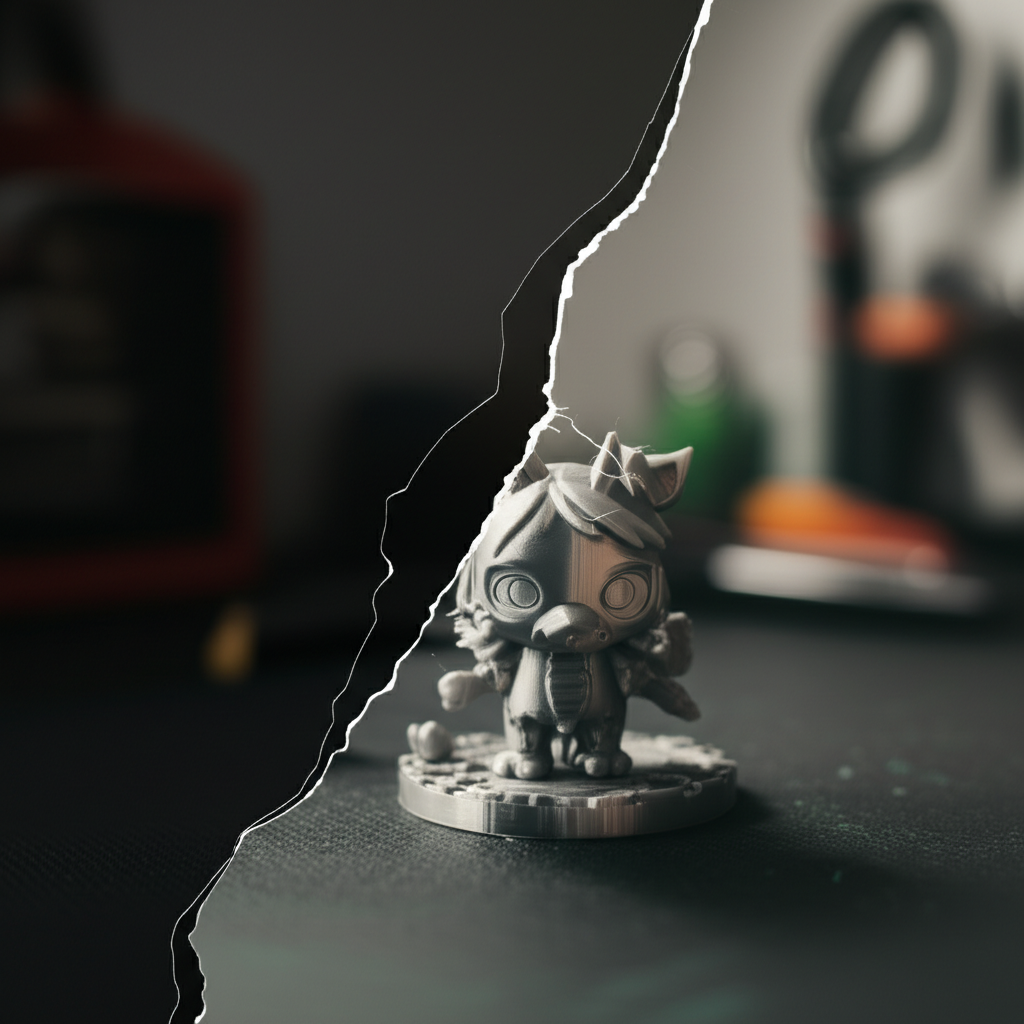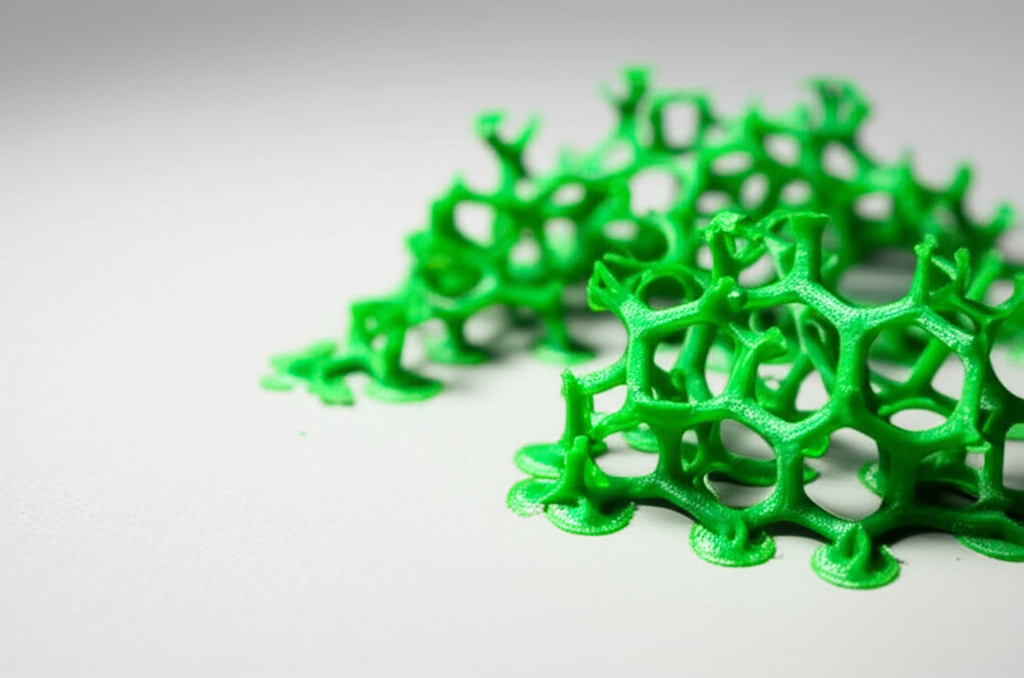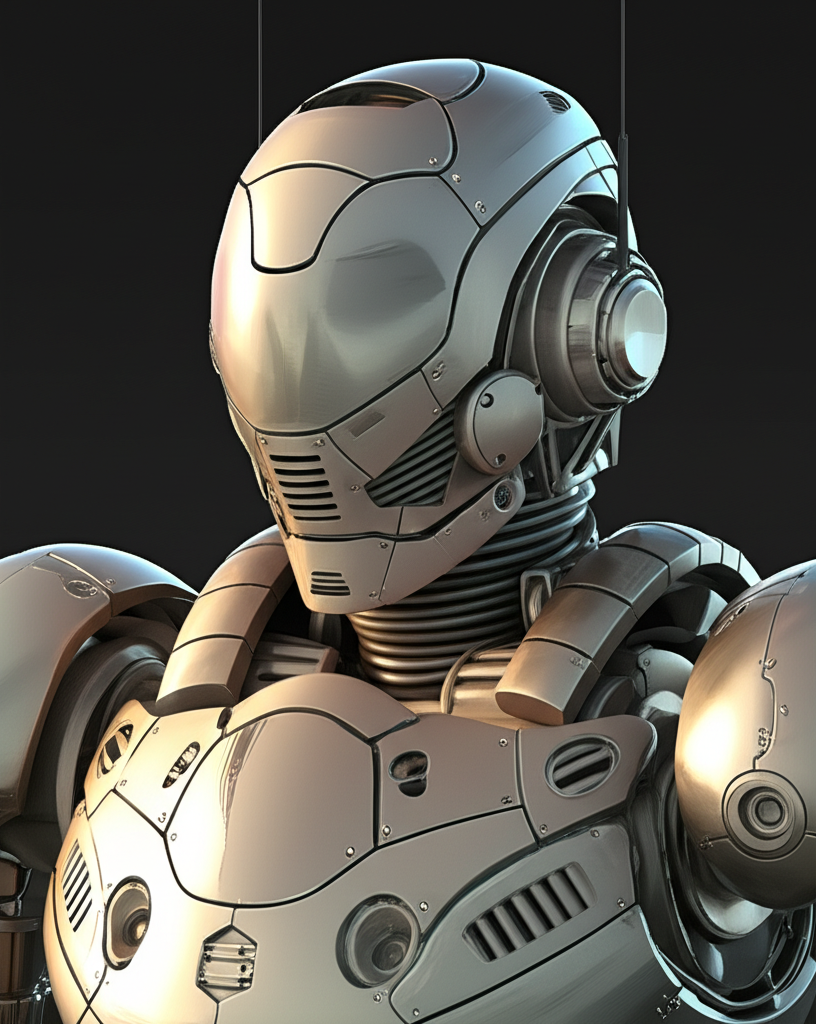5 must-know 3D printing tips & tricks. (stronger and better looking prints)
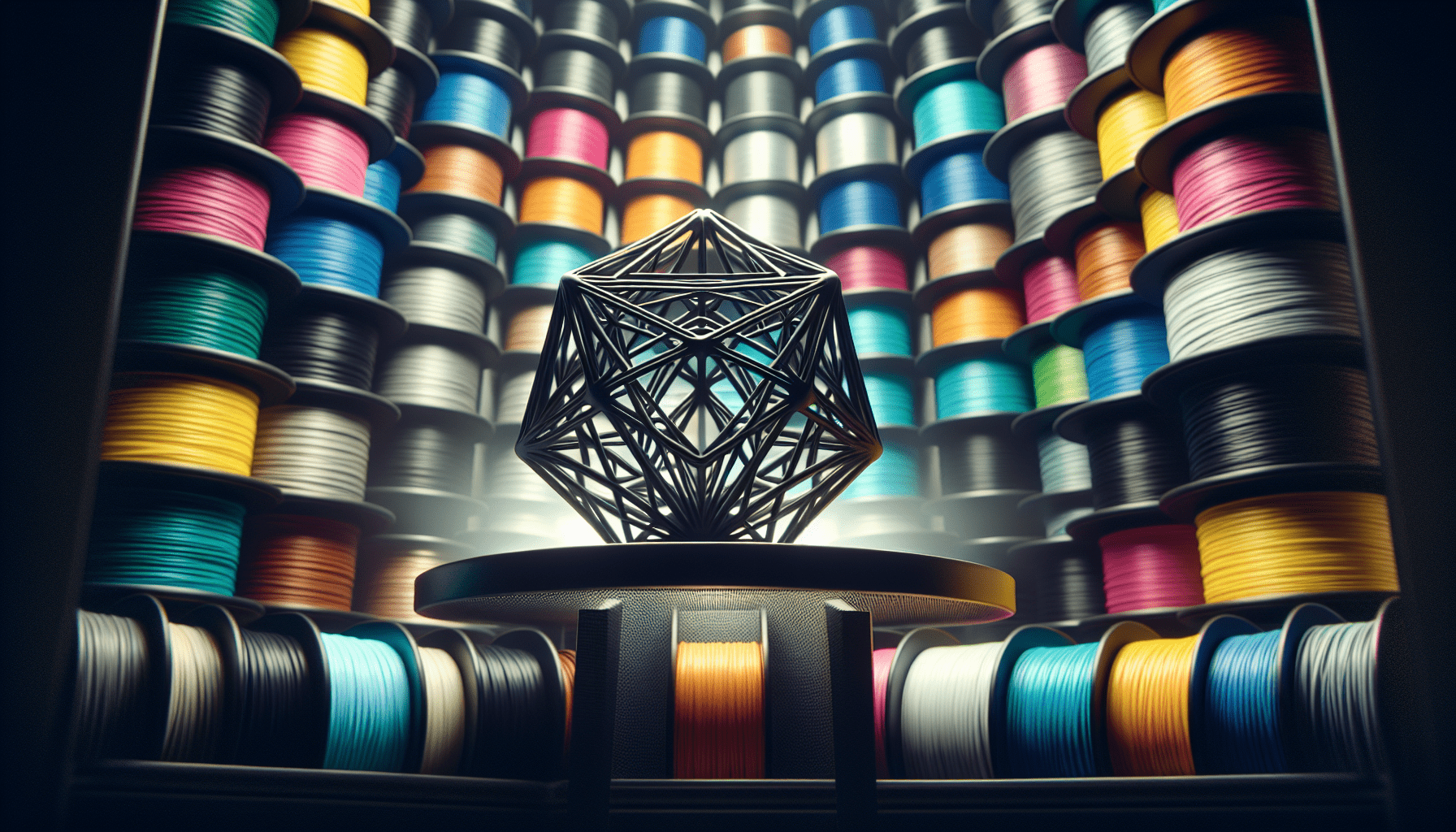
In order to enhance your 3D printing experience and achieve stronger and better-looking prints, there are five must-know tips and tricks that you should keep in mind. First and foremost, it is crucial to avoid any unnecessary layer lines and support material removal. These can greatly impact the overall strength and appearance of your prints. One effective technique is to adjust the orientation of the object on the build plate. By laying the part on its side when slicing, you can minimize the visibility of layer lines and make the print more robust. Additionally, rounding any sharp corners that are under stress can further strengthen the model and reduce the risk of breakage. Remember, the weakest spot of a 3D print is the narrowest cross-section, so incorporating subtle changes like rounding corners can significantly enhance the durability of your prints.
Moreover, consider the importance of stress concentrations and how they can affect the strength of your 3D prints. By carefully placing the object on the build plate and prioritizing a horizontal orientation for round features, you can achieve a smoother surface finish. On the other hand, vertical slopes tend to exhibit more prominent layer lines. It is crucial to pay attention to the orientation of the model while slicing it to mitigate the appearance of layer lines and ensure a more aesthetically pleasing final result. Always remember that the orientation of the print plays a vital role in determining its strength, so take the time to carefully analyze and adjust the position. By following these five essential tips and tricks, you will undoubtedly have a more successful and satisfying journey in the realm of 3D printing.
1. Understanding the Importance of Orientation
When it comes to 3D printing, understanding the importance of orientation is crucial. The way you orient your prints can have a significant impact on both the strength and appearance of the final product.
Printing parts vertically may seem like the most straightforward option, but it can result in visible layer lines. Layer lines occur when each layer of filament is deposited on top of the previous ones, creating a visible pattern. This can affect the overall aesthetic of the print, making it less smooth and professional-looking.
On the other hand, laying parts horizontally can make them more difficult to break. By printing the part on its side, you can minimize the visibility of layer lines. This is because the layers are now being built along the x-y plane, resulting in a smoother finish. Additionally, horizontal prints distribute the load more evenly across the layers, making them stronger and more resistant to breaking.
2. Strengthening 3D Printed Parts
One common issue with 3D printed parts is the presence of stress concentrations. These concentrations occur at sharp corners and areas of high stress, making the part more susceptible to breaking. To avoid this, it is essential to round sharp corners that are under stress.
By rounding the corners, you distribute the stress more evenly throughout the part, reducing the likelihood of stress concentrations. This simple modification can significantly strengthen the part and make it more difficult to break.

Find 3D Printing Accessories Here
3. Avoiding Unnecessary Layer Lines
The placement of your 3D printed object on the build plate can also affect the presence of layer lines. When round features are printed horizontally, they tend to have a smoother surface finish. This is because the layers are built along the x-y plane, minimizing the visibility of the layer lines.
On the other hand, vertical slopes are more likely to show visible layer lines. If avoiding layer lines is important to you, it is best to orient your model in a way that places the vertical slopes as close to the horizontal plane as possible.
4. Addressing Support Material Usage
Support material is often needed during the 3D printing process to provide stability and prevent overhangs from collapsing. However, excessive use of support material can be wasteful and time-consuming to remove after printing.
To address this issue, proper placement of the object on the build plate is crucial. By designing your parts with consideration for support material, you can minimize its usage. Aligning the object in a way that reduces the need for support structures can result in cleaner prints and less post-processing work.
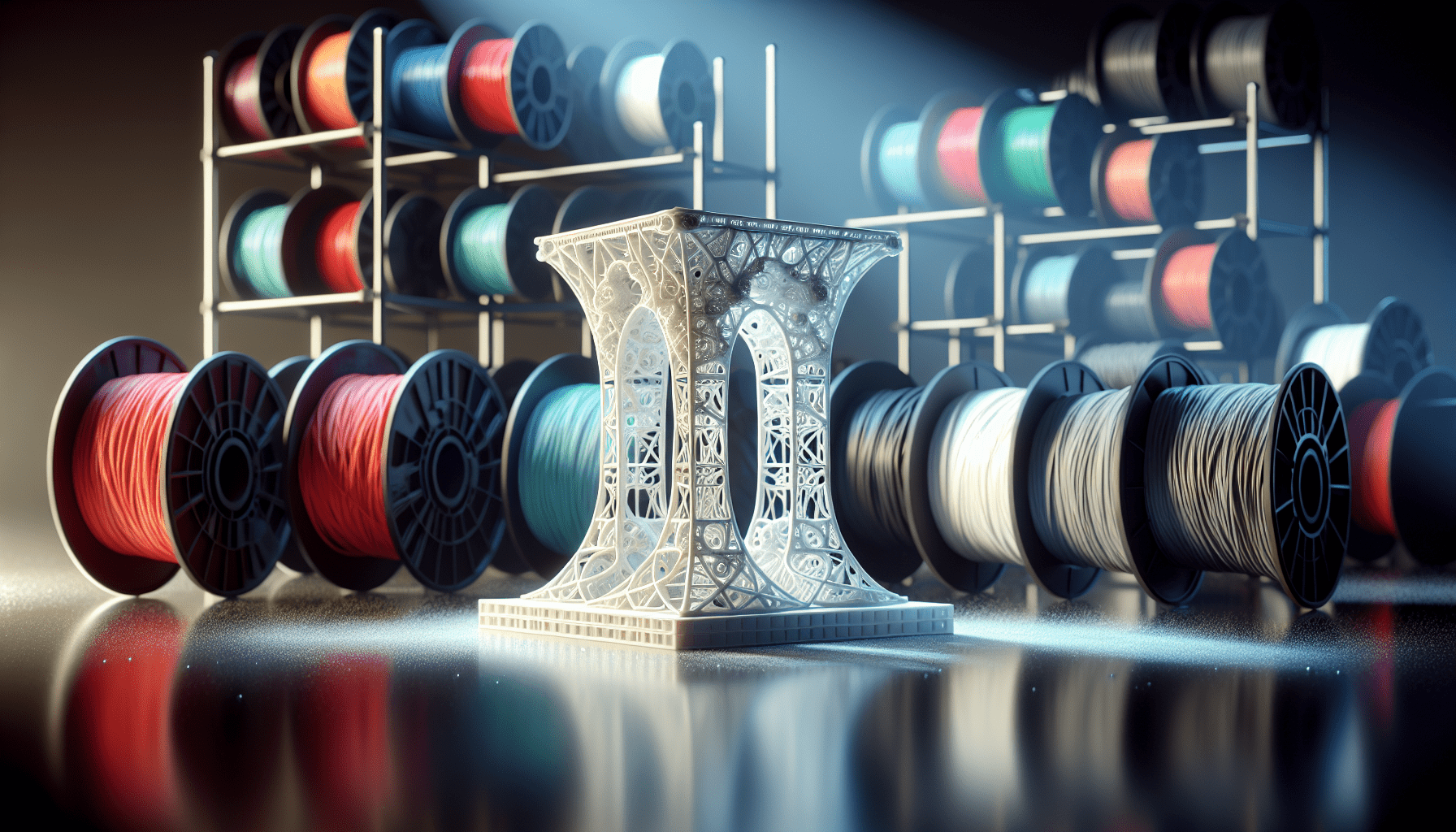
5. Importance of Orientation
The orientation of your 3D prints has a direct impact on their overall strength. It is important to remember that the weakest spot in a print is often the narrowest cross-section. Therefore, considering the orientation of the object during the slicing process is essential for maximizing its durability.
By analyzing the print from different angles and orientations, you can identify potential weak spots and adjust the slicing parameters accordingly. This optimization process ensures that the print is as strong as possible, minimizing the risk of breakage.
6. Significance of Stress Concentrations
Stress concentrations can significantly weaken a 3D printed part, making it more prone to failure. These concentrations occur at sharp corners and areas where the stress is concentrated, amplifying the likelihood of breaking.
By rounding sharp corners that are under stress, you can reduce stress concentrations. This simple technique helps distribute the stress more evenly throughout the part, making it stronger and more resistant to breaking. Avoiding stress concentrations is crucial for achieving durable prints.
7. Benefits of Horizontal Printing
Printing parts horizontally offers several benefits in terms of strength and appearance. As mentioned earlier, horizontal prints have smoother surfaces due to the orientation of the layers. This can be advantageous when aesthetics are important.
Moreover, parts laid horizontally are generally harder to break. By distributing the load evenly across the layers, horizontal prints exhibit improved strength compared to vertical prints. If you prioritize both strength and appearance, considering horizontal printing can lead to stronger and better-looking prints.
8. Techniques for Strengthening Gears
Gears are commonly used in various applications, and their strength is crucial for their functionality. When 3D printing gears, it is important to pay attention to key design considerations to enhance their overall strength.
Rounding the corners of a gear, especially the axle area, can significantly prevent breakage. This subtle change in design can make a significant difference in the durability of the printed gears. By reducing stress concentrations in critical areas, you can ensure that your gears can withstand the forces they are subjected to.
9. Maximizing the Weak Spot
Understanding the weakest spot in a 3D print is essential for maximizing its overall strength. Typically, the narrowest cross section of a print represents the weakest point. Strengthening this weak spot is crucial for ensuring the durability and longevity of the print.
By analyzing the print and identifying the narrowest cross section, you can make design adjustments or orientation changes to reinforce this area. Strengthening the weak spot helps distribute stress more evenly throughout the part, making it less prone to breaking.
10. Importance of Slicing and Orientation
Considering the orientation of your objects during the slicing process is essential for achieving optimal print results. Slicing software allows you to determine how the layers will be printed and how the part will be oriented on the build plate.
By making informed decisions about slicing and orientation, you can avoid stress concentrations, minimize the visibility of layer lines, and achieve better printing outcomes. Take the time to analyze your designs from different angles and experiment with various orientations to optimize the strength and appearance of your prints.
In conclusion, understanding the importance of orientation, addressing stress concentrations, avoiding unnecessary layer lines, and optimizing support material usage are crucial steps for obtaining stronger and better-looking 3D prints. By implementing these tips and tricks, you can enhance the overall strength and aesthetics of your prints and have a more rewarding 3D printing experience.
Maintain Your 3D Printer with these Tools

 Create A Partially Threaded Screw In Ondsel - FreeCAD Fasteners Workbench -FreeCAD Thread Tutorial
Create A Partially Threaded Screw In Ondsel - FreeCAD Fasteners Workbench -FreeCAD Thread Tutorial


